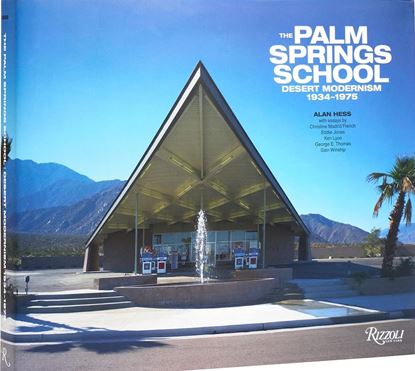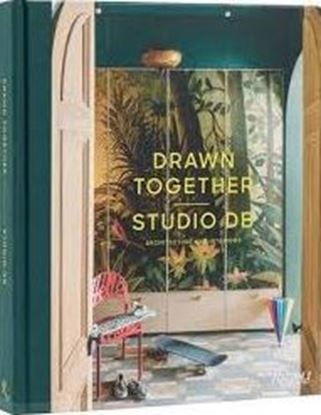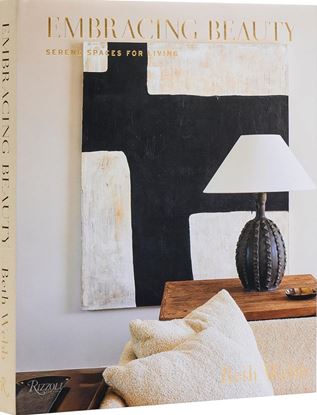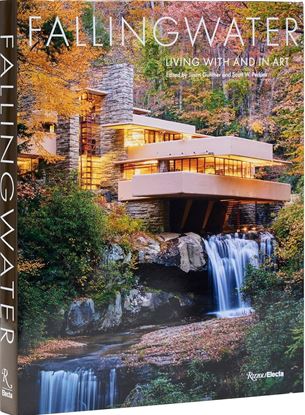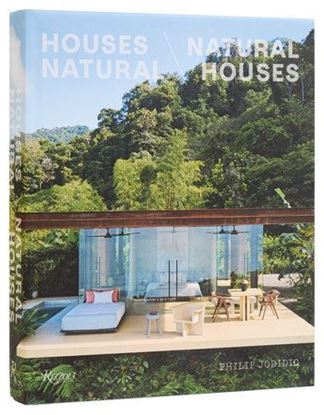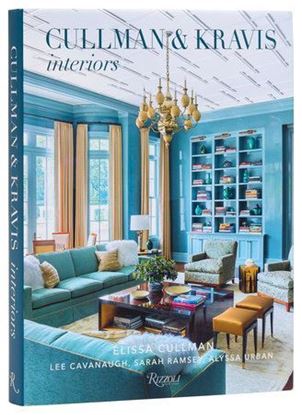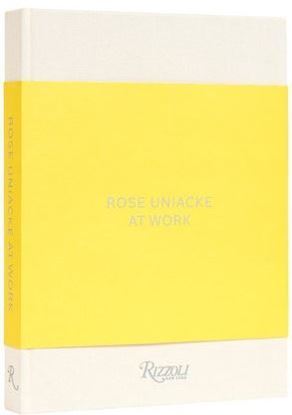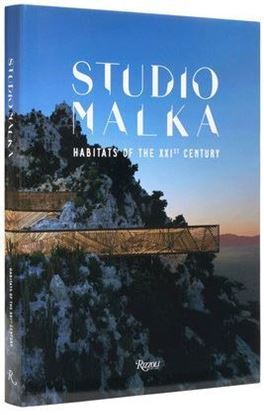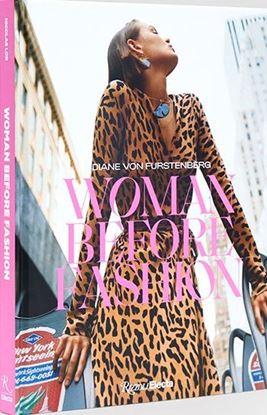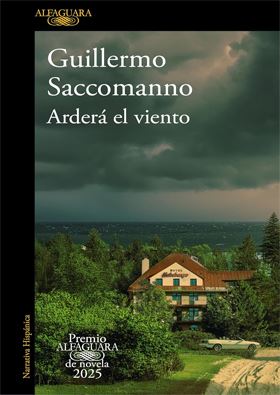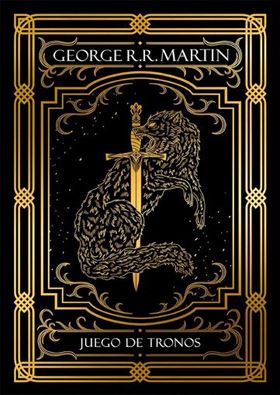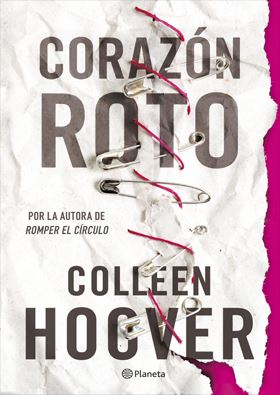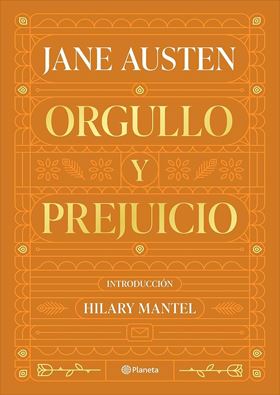

THE PALM SPRINGS SCHOOL. DESER MODERNISM
Much more than a resort destination, Palm Springs has served as a laboratory of the Modern; here so much architectural innovation and design took form. From the steel-and-glass boxes of Richard Neutra to the earthy organic homes of John Lautner, and everything in between, the solutions of architects and designers—including notably William F. Cody, E. Stewart Williams, and Albert Frey were diverse and are ever more relevant in the face of contemporary challenges. Their answers addressed questions that still hold urgency: How to design sustainably in harsh climates? How to use technology efficiently and creatively to meet those challenges? How to build affordable and high-quality mass-produced housing? How to reflect a region’s culture, economy, and distinctive atmosphere?
3,995
DRAWN TOGETHER STUDIO DB. ARCHITECTURE
Studio DB, a Manhattan-based architecture and interiors firm headed by Britt and Damian Zunino, is inspired by contextual design and eclecticism—the resulting work embraces the juxtaposition of and tension between polished and playful, modern and traditional. Their projects incorporate a mix of materials, sculptural forms, and whimsical pattern and color, all anchored by a contemporary desire for domestic ease. Design details distinguish their work, with tactile materials interpreted in fresh ways. Examples include exquisite de Gournay wallpaper paired with suspended lamps in a variety of geometric forms and the terrazzo floor of a city foyer, incorporating massive chunks of stone slabs and smaller rocks from the client’s climbing adventures.
3,995
EMBRACING BEAUTY. SERENE SPACES
Inspired by her previous experience as an art dealer, Webb designs beautifully composed spaces. She believes in the power of light, and shadow, in creating atmosphere; a pale, luminous wallcovering may be balanced by the presence of antiques, or a chapel-like white bedroom may segue into a deep gray sitting room. As important is a sense of hand: the feeling of glazed earthenware, a worn oak farm table, the softness of fine linen. Webb is also motivated by the pursuit of joy and the power of beauty she makes sure these are rooms for living, for gathering with family, for refuge.
3,995
FALLINGWATER. LIVING WITH AND IN ART
Designed by Frank Lloyd Wright for Edgar Kaufmann Sr., his wife, Liliane Kaufmann, and their son, Edgar Kaufmann jr., Fallingwater is lauded for its architectural daring and drama. Here the Kaufmanns sought to live in harmony with the natural world. The rooms of the house reflect this ideal and remain suffused with a natural aesthetic that embraces stone and wood, handwork and craftsmanship. In the living room, the great stone floor flows riverlike toward the horizon of Wright–designed built-in sofas and large-paned casement windows, where views open to balconies, to forest, and to cascading falls. From here “the hatch” opens to the flowing stream below. Pools and the waters of Bear Run were beautiful and for swimming. Relaxed elegance was the order of the day. Delicacy, softness, tactility are everywhere in evidence.
3,995
HOUSES NATURAL/ NATURAL HOUSES
Architects have sought more and more to integrate residences into their settings minimally disturbing nature, with houses that float on the water or up in the trees. This book reveals 51 designs that bring their residences into nature, even allowing the natural setting to enter the very walls, with priority given to sustainability and carbon footprint. Each of the book’s homes is carefully chosen for its innovative and seductive design, approachable scale, and stunning location, whether cocooned within the earth itself or soaring high amongst the treetops, surrounded by cooling waters, or resisting the desert heat.
3,995
CULLMAN & KRAVIS: INTERIORS
Ceaseless in its pursuit to create “an alchemy of old and new,” the highly esteemed firm of Cullman & Kravis is renowned for its ability to fashion modern, cohesive, richly layered homes rooted in tradition and the respect for function and decoration. Utilizing their decades of experience, they build out rooms from the finest classical foundations, then infuse bold, stylish, and modish elements, mixing exquisite antiques with contemporary art to create truly dynamic spaces conceived to stand the test of time.
3,995
ROSE UNIACKE AT WORK
In-demand London-based interiors and furniture designer Rose Uniacke beautifully showcases a number of homes she has designed, boasting clean lines and calm, light-filled spaces, and showrooms defined by an effortless blend of traditional details within contemporary spaces. Whether the project is an urban townhouse, a seaside retreat, or a London villa, the approach of Uniacke is always the same—a collaboration with clients to make understated, refined sanctuaries that offer the perfect settings for everyday life. The book is sumptuously illustrated with two hundred color photographs that truly capture the serenity and timelessness of Uniacke’s hand-hewn cultivated style.
3,995
STUDIO MALKA
Best known for UNESCO’s Cop22 in Marrakech and the French Embassy extension in Vienna, as well as his daring “guerrilla architecture,” such as Bow-House made from scaffolding and repurposed doors and windows in Holland, architect, urbanist, author, and former graffiti artist Stéphane Malka is at the forefront of the architectural avant-garde.
Malka’s work blends art and architecture from a humanist perspective informed by the designer’s intention to create work that is positive and sustainable. His practice, based in Paris and in Los Angeles, realizes homes, offices, art installations, and stage designs with the idea that we ought always to rethink our typical notions and challenge established conventions. This results in surprising places where there is an intermingling of dreams and pragmatism, the baroque and minimalism, ecology and sophistication.
3,995
DIANE VON FURSTENBERG: WOMAN BEFORE FA.
In 1972, Diane von Furstenberg created a chic and universally flattering ready-to-wear jersey wrap dress that launched her career and would forever change the landscape of women’s fashion. Since then DVF, the woman and the brand, have created designs that empower and promote a woman’s sense of self, weaving feminism and activism into the brand’s DNA.
This visually vibrant tome, which accompanies an exhibition held in von Furstenberg’s hometown of Brussels, features nostalgic and contemporary photographs of her journey as a designer. Printed with three different luxe paper stocks withvarying inserts in each chapter, this book features beautiful graphicfabrics flooding each page, alongside numerous images of the wrap dressworn by von Furstenberg and models Jerry Hall, NaomiCampbell, and Cindy Crawford. Original essays discuss the intersection of Von Furstenberg and her designs with feminism, gender politics, and entrepreneurship, with personal anecdotes from collaborators like model Cindy Crawford and entrepreneur Stefani Greenfield. Unique and contemporary, this is a story of the inimitable designer, her brand, and the significant role of a single dress that continues to inspire generations of women.
3,995

